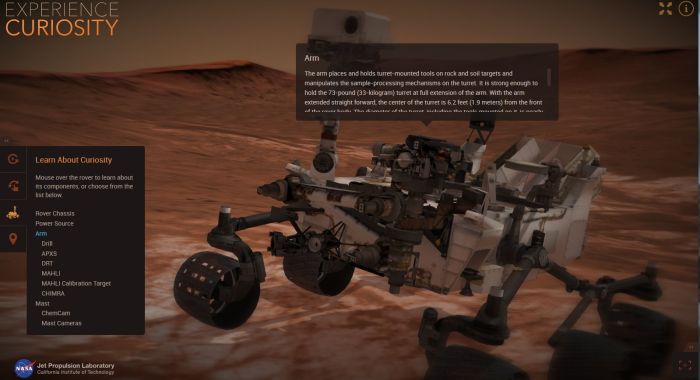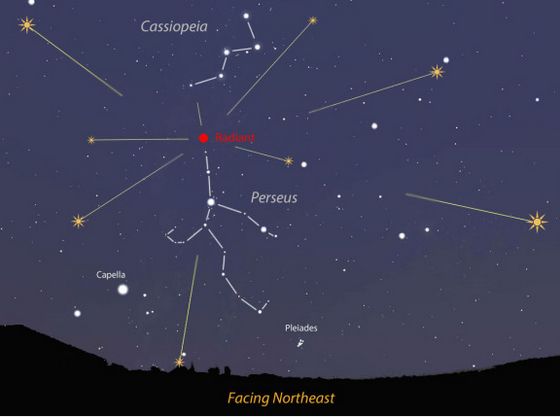 Dawn, the NASA / ESA joint mission to explore two of the solar system’s three “protoplanets” located in the asteroid belt between the orbits of Mars and Jupiter, continues to intrigue scientists as it studies Ceres, the second of its primary targets.
Dawn, the NASA / ESA joint mission to explore two of the solar system’s three “protoplanets” located in the asteroid belt between the orbits of Mars and Jupiter, continues to intrigue scientists as it studies Ceres, the second of its primary targets.
As I reported in June 2015, Dawn is part of a broader effort to better understand the origins of the solar system and how the planets actually formed; all of which might give us greater understanding of how life arose here on Earth.
Launched in September 2007, Dawn arrived at Ceres in March 2015, after a 2.5 year transit flight from Vesta, its first destination, which it had been studying for 14 months following its arrival in July 2011. Because of their relative size – Ceres accounts for around one-third of the total mass of the asteroid belt – both of these airless, rocky bodies are regarded as dwarf planets, rather than “simple” asteroids. However, Ceres is proving to be quite the conundrum.
At the start of July, Dawn completed the first part of its high-altitude survey of Ceres and fired its low-thrust ion drive to start a series of gentle manoeuvres to reduce its orbit around from 4,400 kilometres (2,700 miles) to 1,450 kilometres (900 miles). It’s now hoped that from this lower orbit, the space craft will be able to discover more about some of Ceres’ more mysterious features.
One in particular has been the subject of much debate. It started when Dawn imaged a series of bright spots within the crater Occator as it made its initial loop around Ceres to enter orbit. Since that time, it has repeatedly images the bright spots, and their presence has also been confirmed by the Hubble Space Telescope.

Currently, it is believed the bright marks might either be salt deposits or water ice (the European Herschel Space Observatory had previously found evidence of water vapour on Ceres). However, while the science team aren’t leaning either way, their mission briefing on July 21st, leant some weight to the bright spots perhaps being water ice. This came in the form of an announcement that he 92 kilometre (57 mile) wide Occator has its own, very localised atmosphere focused around the bright areas.
The evidence for this comes from images of the crater taken from certain angles which reveal a thin haze covering around half of the cater, but not extending beyond its walls. Th thinking is that this haze is perhaps the result of the ice in the bright area – if they are ice – sublimating out.
However, if this is the case, it actually raises a further mystery: why the haze? Generally, such sublimation would lead to the resulting gases dissipating very quickly, without forming a haze. One hypothesis is that Ceres’ gravity, which is somewhat higher than might be expected for a body of its size) may be and influencing factor.

The bright spots aren’t the only curious feature on Ceres. Dawn has also spotted numerous long, linear features whose cause is unknown, as well as one big mountain that mission team members have dubbed “The Pyramid.” This massif, about 5 km (3 mi) in height, and around 30 km (19 mi) across at its base, is oddly flat-topped and has streaks of bright material on one of it flanks, as if something has been cascading down the slope. What this might indicate has planetary scientists scratching their heads at this point.
With all the mysteries thrown up by New Horizon’s recently flyby of Pluto, and Dawn’s discovery of mysterious features on Ceres, it really is becoming a case that the tiny worlds of our solar system are perhaps the most perplexing.
Three years ago, in August 2012, NASA’s Mars Science Laboratory rover, Curiosity, arrived in Gale Crater, Mars. Since that time, the rover has made some remarkable discoveries, as reported in this blog over the years.
To mark the anniversary of the landing, NASA has launched two new on-line tools designed to open the mysterious terrain of the Red Planet to anyone with an interest in planetary exploration.
Experience Curiosity allows users to journey along with the one-tonne rover on its Martian expeditions. The program simulates Mars in 3-D, using actual data returned by the rover and NASA’s Mars Reconnaissance Orbiter (MRO). It also uses a game-ready rover model based entirely on real mechanisms.

User are able to drive the rover, examine it, call up data on key components, witness the driving view from different cameras on the rover, and operated the robot arm. Activities are a little basic, but as this appears to be a part of NASA’s Eyes On project, capabilities may grow over time.
Mars Trek is a much more expansive tool – one which is actually being used in the planning for the Mars 2020 rover mission. It features interactive maps, which include the ability to overlay a range of data sets generated from instruments aboard spacecraft orbiting Mars, and analysis tools for measuring surface features. Standard keyboard gaming controls are used to manoeuvre the user across Mars’ surface, and topographic data can be exported to 3D printers to allow the printing of physical models of surface features.
The map view and be manipulated in 2D or 3D, data on various surface missions is provided, compete with the ability to zoom into the surface locations for these missions, making for a visually impressive model.

It is slightly let down by some of the supporting data. Click on many surface feature and you’ll tend to get the response “Classical albedo feature name. Latin”, together with the feature’s latitude and longitude. So if you’re looking for a description of what it is, how it might have formed, etc., you’re out of luck. Nor do the external links offer better insight – they go to the IAU / USGS Gazetteer of Planetary Nomenclature – and the title should tell you how dry a read that can be.
“Catch A Falling Star…”
Every July / August, the Earth passes through a haze of stellar debris left by Comet 109P/Swift-Tuttle. The result is of this passage is the Perseid meteor shower, is one of the brightest meteor displays one can see in the northern hemisphere. The shower tends to last around a month, from July 17th (ish) through to August 24th, rising to a peak around the 13th-14th August, before slowly fading.
The Perseids – so-called because they appear to originate from the constellation of Perseus – are always a popular astronomical event; during the peak period, it is possible to see between 60 and 100 meteors per hour. This year things could well be extra special as the peak of the 13th / 14th once again coincides with a new moon, so there’ll be no celestial beacon blotting out a good portion of whatever else might be seen.
Of course, you need to be somewhere that’s dark enough to see the night sky without it being blotted too heavily by surrounding Earthly light pollution, but the Perseids should be visible to anyone with a good, dark view of the night sky. Simply look north-west towards the familiar W of Cassiopeia and then track slightly downwards towards the bright star of Mirfak. This point in the sky is known as the radiant, the point from which the shower appears to originate, so looking towards it offers the best chance of seeing multiple meteors.

In Europe, a good time to witness the meteors is around midnight through to about 02:00 UT. However, the USA gets the best view – shower maximum happens around 08:00 UT, or 03:00 on the US east coast and midnight on the west coast.
Don’t worry about anything falling to Earth however. As noted, meteors are tiny fragments of comet debris (think grain-of-sand sized). The spectacular steak in the sky we see is not testament to their size, but rather to the fact that by the time we see it, the cause has already been obliterated.
This is because these tiny fragments striking the Earth’s atmosphere at around 208,000 kph (130,000 mph). This velocity massively compresses the air directly in front of them, super-heating it to about 1,650°C (3,000°F), which is hot enough to vaporise the fragments. When this happens, the fragments transfer all their energy to the air molecules around them; the streak of light we see is actually a “tube” of ionised air molecules created by this energy transfer, which quickly dissipates.

So if you fancy watching a meteor shower in all its glory (and assuming the nights are clear for you!) now is the time. Just find a good dark spot with a good view of the night sky, make sure you’re facing the right direction for the best show. Make yourself comfortable (a garden chair or recliner is a good idea), have a drink and nibbles to hand so you don’t have to go indoors and ruin your night vision – and enjoy!
All images courtesy of NASA / JPL, unless otherwise indicated.